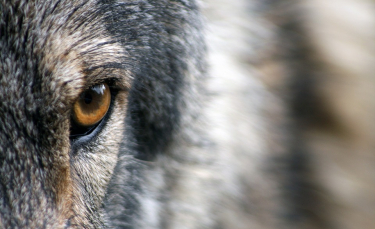
The domestication of the dog would have taken place passively and in a process spanning tens of thousands of years. In addition, the same population of gray wolves would be at the origin of the current dogs, after a separation into 2 groups which occurred at the beginning of the Neolithic. These are the conclusions of a recent study on the genetic roots of our 4-legged friends.
Researchers from American, German and Irish universities , but also from the French CNRS took part in a vast study on the genetic origin of the dog . It was published on July 18 in the journal Nature .
According to the conclusions of this team of scientists, it is a single population of gray wolves that is at the origin of the dog that we know today. That the dog descends from the wolf is nothing new and it is an indisputable fact, since the 2 species of canines have 99% DNA in common . What this study reveals, on the other hand, is that, from this same initial population of wolves, 2 groups would have separated to constitute as many foci in Asia on the one hand, and in Europe and Africa of the other. This separation would have taken place 20,000 years ago .
 This research also tells us that the domestication of the dog would have taken place over several tens of thousands of years and that it would have been passive . In other words, the ancient dogs would have followed the hunter-gatherers to feed on the remains that the latter left them. Together, only the dogs that were the least aggressive towards humans could approach them, hence this progressive selection having favored the most friendly individuals among the canines.
This research also tells us that the domestication of the dog would have taken place over several tens of thousands of years and that it would have been passive . In other words, the ancient dogs would have followed the hunter-gatherers to feed on the remains that the latter left them. Together, only the dogs that were the least aggressive towards humans could approach them, hence this progressive selection having favored the most friendly individuals among the canines.
In addition, still according to this study, crossings would have taken place between prehistoric dogs of the Asian hearth and others belonging to the other branch (European and African). The researchers deduced from this that the dogs had already followed the men on their westward migration.
Read also: Wounded in the paw, a soldier dog leaves the army and meets his new family during a ceremony in his honor
Scientists who took part in this work compared the genomes of thousands of modern-day dogs with those of 2 of their congeners who lived 4,700 and 7,000 years ago. Their remains had been discovered in Germany.











